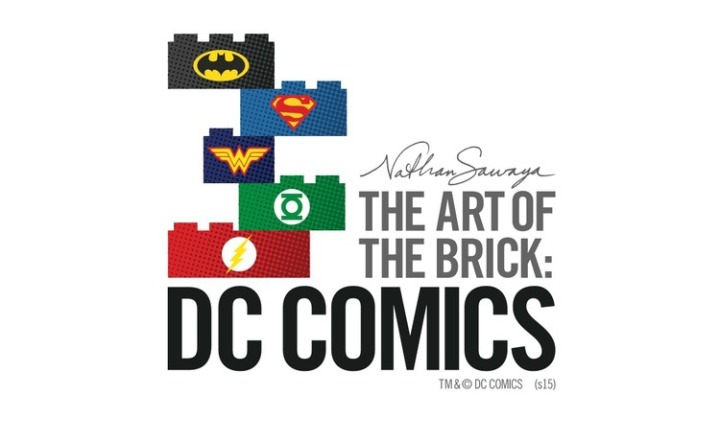If you’re near Sydney, Australia, and enjoy LEGOs and superheroes (who doesn’t?), then check out The Art of the Brick: DC Comics exhibit at the Powerhouse Museum.

Here is a Powerhouse blurb with more details:
Created by legendary LEGO® artist Nathan Sawaya, this contemporary art exhibition uses hundreds of thousands of bricks to create large-scale sculptures of the most enduring Super Heroes and Super-Villains: from Batman, Superman and Wonder Woman, to The Joker and Harley Quinn. It will be the world’s largest collection of DC Comics-inspired LEGO artwork, ever!
If that doesn’t excite you, here are some nifty samples of this “contemporary art,” useful examples for art teachers to show their students:
Here is more information from Newsarama, and here is a cool-tastic video clip with even more sculptures:
All of this heroic brick building reminded me about an activity I use in one of my teacher education courses. It’s called “Classroom Jenga,” and I got it from a graduate school colleague (VandeHaar, 2006).
The basic premise is that a classroom is just like Jenga, “the classic block-stacking, stack-crashing game” where you take turns pulling out wooden blocks from a tower until the entire structure comes tumbling down.

For the classroom illustration, each block is an ingredient needed for a successful lesson. In the version I use, example blocks are labeled with different classroom components: “cooperative groups,” effective questioning,” “eye contact,” “appropriate materials,” “student management,” “time management,” “enthusiasm,” “a good night’s sleep,” and such.
As blocks are removed, the classroom lesson tower can remain standing for a while. But every missing block makes the lesson a little weaker. Finally, the tower (lesson) becomes so unstable that it falls with an item’s removal.
The analogy is that when teaching, you can have a few “holes” and missing parts. Maybe you aren’t asking enough thought-provoking questions. If the topic or activity is engaging enough, the students can probably still find meaning from the experience.
But if you aren’t asking good questions, and you have off-putting non-verbal behaviors, AND you aren’t managing the students to keep them on-task . . . that’s when your lesson falls apart with disastrous consequences.

That last block was “a good night’s sleep.”
Of course a simple Jenga game doesn’t exactly match the actual complexities of a classroom. But it does make you stop and think about all of the components needed for successful lessons. If a lesson isn’t working, maybe it’s because you have too many holes.

The challenge is discovering which holes exist in our classrooms. It could be a simple fix like adding more illustrations or examples for a specific concept.
Or it could be a gaping cavity present throughout one’s teaching. Something like pleasant facial expressions to convey kindness and warmth. Or a metaphorical backbone to address misbehavior immediately and respectfully.
Whatever the case, work to fill your classroom holes and keep all the pieces connected. With careful construction, your lessons can truly become beautiful works of art.

Reference:
VandeHaar, A. (2006). Let’s Jenga! Presentation at the Annual Meeting of
the North Central Association of Science Teacher Education. Eau Claire,
WI: October 5-7.



